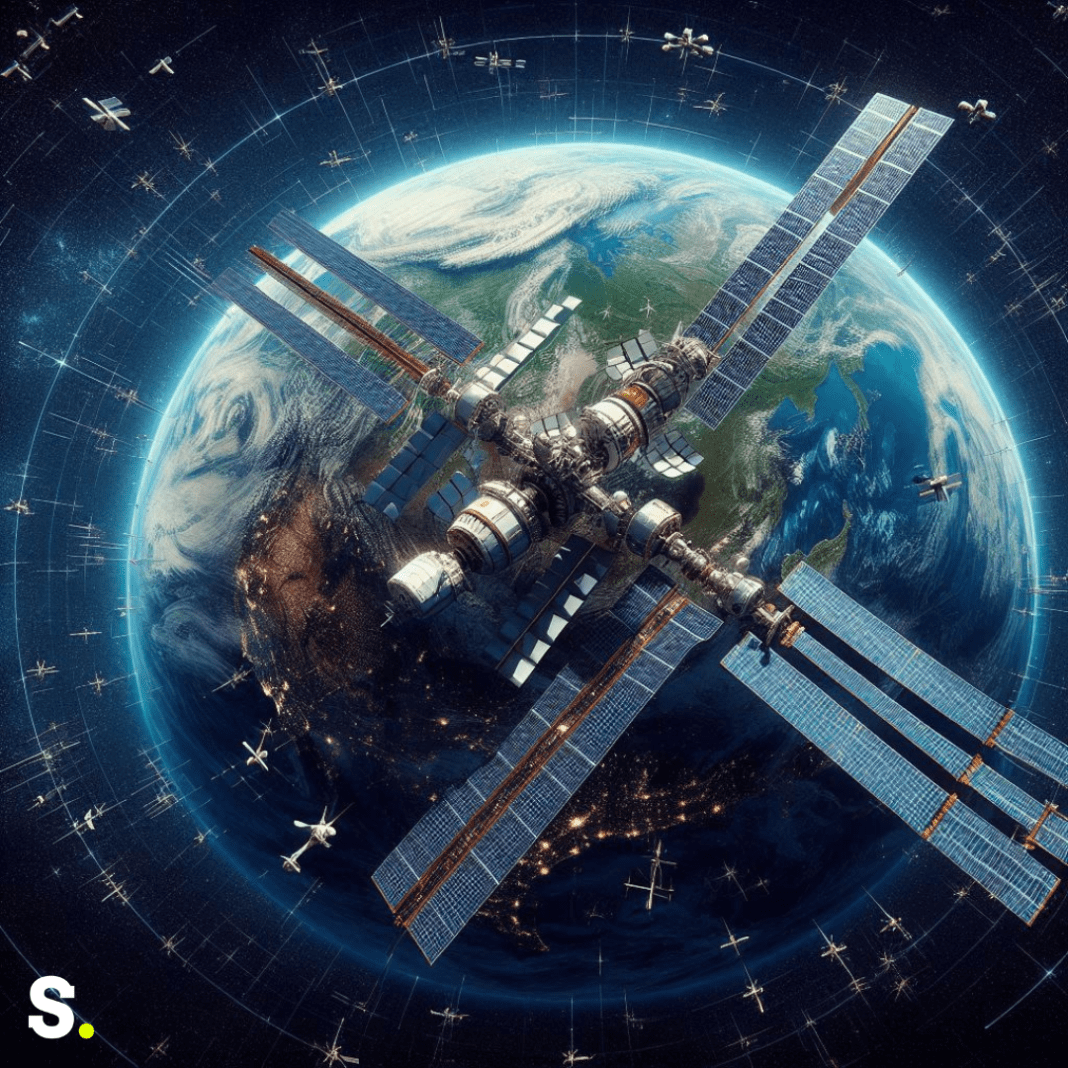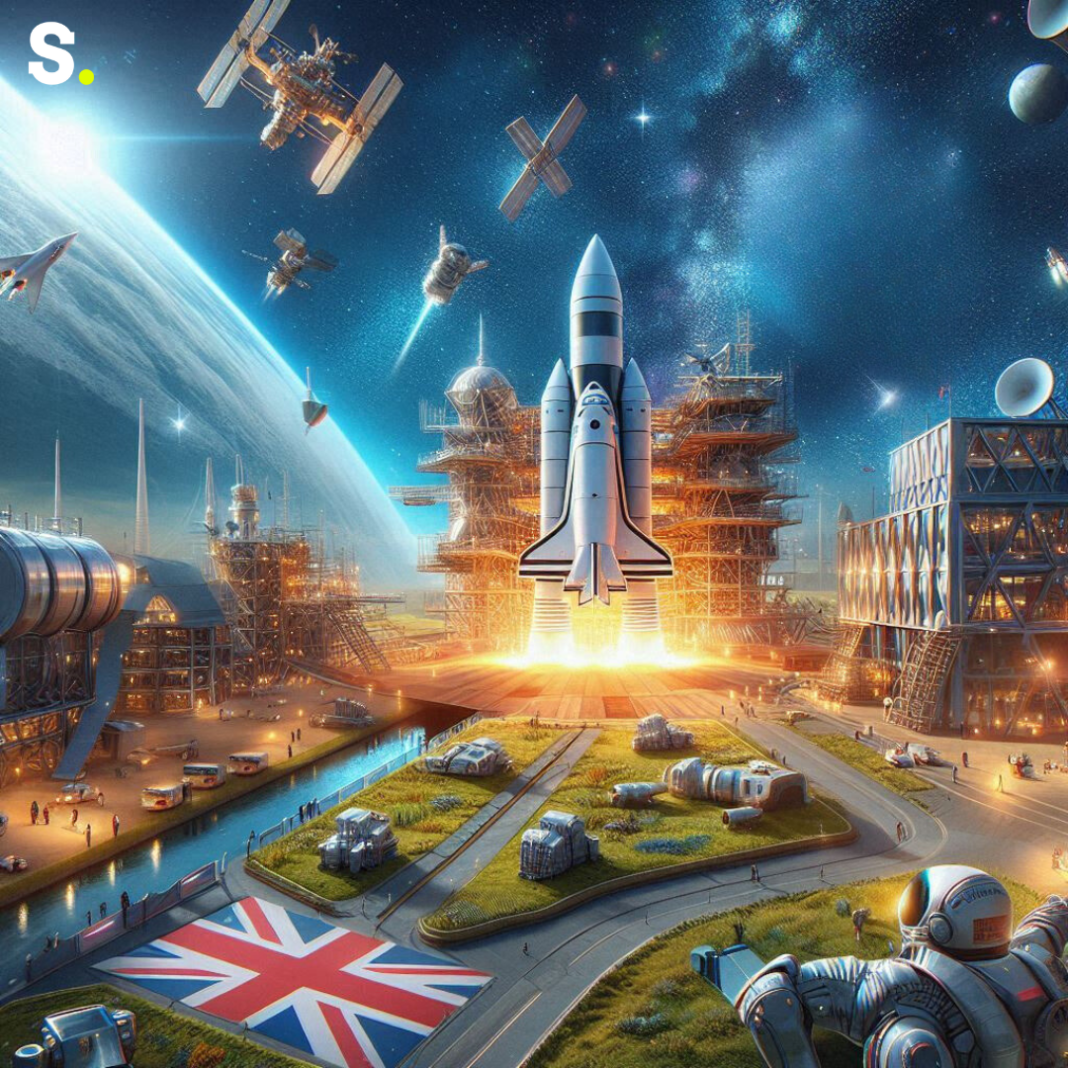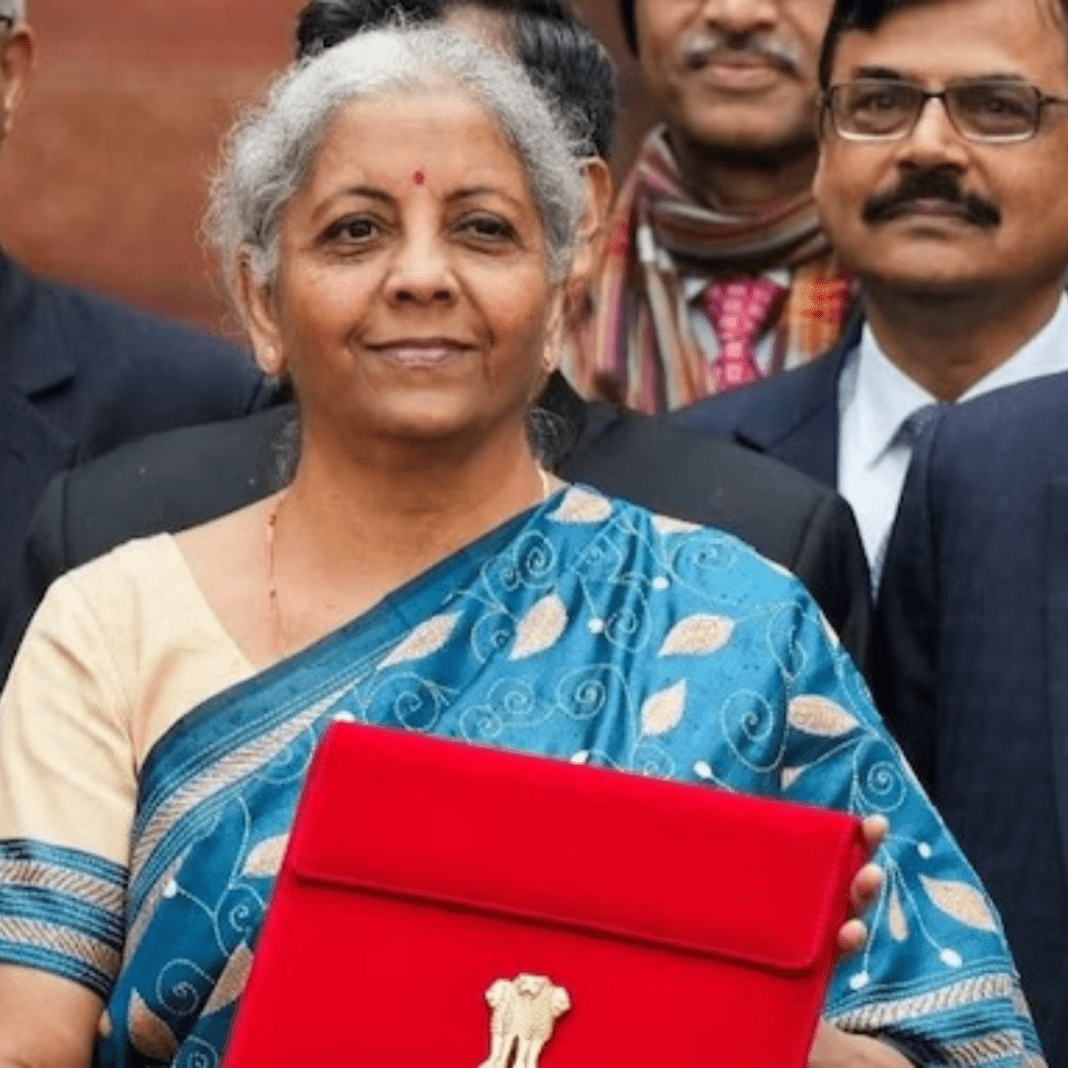The Final Frontier
People often refer to space as “the final frontier.” But where exactly does Earth end and space begin? As more people, probes, cameras, and countries venture “into space,” it’s important to understand the boundary they must cross for that phrase to hold true.
The Karman Line: Earth’s Upper Boundary
The Karman line is the most often recognized boundary between Earth and space. This imaginary line is located about 100 kilometers (or 62 miles) above sea level. At this point, traditional aircraft, like airplanes, start to struggle. Why? Because the air, which they rely on to fly, becomes too thin. The Karman line is where the atmosphere starts to disappear, marking a significant boundary and making it tough for airplanes to stay in the sky.
The air around us is made up of various gases, including oxygen, which is essential for us to breathe. Earth’s gravity pulls these gases towards the surface, creating the atmosphere. As you move away from the surface, the pull of gravity weakens, and the air gets thinner. By the time you reach the Karman line, there’s hardly any air left. This is why airplanes, which need air to lift and move, can’t fly beyond this boundary.
Low-Earth Orbit: The Gateway to Space
Low-Earth Orbit (LEO) is the region that you enter after crossing the Karman line, marking another important boundary. This zone stretches from 100 kilometers up to about 2,000 kilometers (1,242 miles) above Earth. Many satellites, as well as the International Space Station (ISS), operate within this boundary zone. The ISS orbits at around 400 kilometers (about 248 miles) from Earth’s surface. It’s high enough to avoid most of Earth’s atmospheric drag, but low enough to stay clear of space debris, such as fragments of asteroids and other junk.
In LEO, the atmosphere is almost nonexistent. At sea level, the atmospheric pressure is about 14.7 pounds per square inch (psi). By the time you reach the Karman line, this pressure is nearly zero. This means there’s hardly any air to breathe or to create drag on spacecraft. That’s why astronauts need spacesuits and spacecraft to protect them from the vacuum of space.
Satellites in LEO orbit Earth quickly, completing a full circle around the planet in about 90 minutes. This fast orbit is useful for many purposes, such as weather monitoring, communication, and scientific research. The ISS, for example, is a giant laboratory where astronauts conduct experiments that would be impossible to perform on Earth. These experiments help us learn more about science and technology, benefiting life on our planet.
The Armstrong Limit: A Danger Zone Closer to Earth
While the Karman line marks the boundary of space, there’s another important line closer to Earth called the Armstrong limit. This boundary is found at about 19 kilometers (about 12 miles) above sea level. At this altitude, human blood would start to boil if not protected by a suit. This happens not because the temperature rises, but because the atmospheric pressure drops so low that the boiling point of blood decreases.
This limit is named after an early aerospace physician who recognized the danger this altitude posed to humans. Without a protective suit, the low pressure would cause a person’s blood to form bubbles, which could be deadly.
This limit highlights the importance of protective gear for pilots and astronauts. Even at altitudes where airplanes can still fly, the atmosphere is too thin to support human life without proper equipment. This is why high-altitude pilots wear pressurized suits, and spacecraft are designed to maintain a safe internal pressure for their occupants.
Traveling Beyond Earth
Understanding these boundaries is crucial for anyone planning to travel to space. The Karman line and the Armstrong limit mark significant changes in the environment that affect how we can survive and operate. Traditional airplanes can’t fly beyond the Karman line because they need thicker air. Spacecraft, on the other hand, are designed to work in the vacuum of space and can travel far beyond this boundary.
For now, most human space activities take place within Low-Earth Orbit. This includes the ISS, where astronauts conduct experiments and live for months at a time. In the future, there might be hotels, labs, and other ventures in this zone, but they’ll all be within the safe confines of LEO.
Traveling to space requires understanding and respecting these boundaries. Whether it’s the lack of air at the Karman line or the boiling point of blood at the Armstrong limit, each line represents a unique challenge for space travelers. As technology advances and more people journey into space, these invisible lines will continue to play a vital role in keeping them safe.
So, while we dream of exploring the final frontier, we must remember the critical boundaries that define where Earth ends and space begins. These lines ensure that every space mission is a careful balance of science, technology, and respect for the laws of nature.




